How Can The Service Life Of Meat Processing Equipment Be Extended
In the fast-paced world of meat processing, equipment reliability and longevity are crucial factors that can make or break a business. Extending the service life of meat processing equipment not only reduces operational costs but also ensures consistent product quality and minimizes downtime. This comprehensive guide will explore various strategies and best practices to help meat processing facilities maximize the lifespan of their valuable equipment.
1. Understanding the Importance of Equipment Longevity
Meat processing equipment represents a significant investment for any facility. By extending the service life of this equipment, businesses can:
Reduce capital expenditure on new equipment
Minimize production downtime
Maintain consistent product quality
Improve overall operational efficiency
Enhance workplace safety
Long-lasting equipment also contributes to sustainability efforts by reducing waste and the need for frequent replacements.
2. Regular Maintenance: The Foundation of Equipment Longevity
Regular maintenance is the cornerstone of equipment longevity. A well-structured maintenance program should include:
Daily inspections before and after use
Lubrication of moving parts as per manufacturer guidelines
Timely replacement of worn components
Calibration of sensors and controls
Documentation of all maintenance activities
Implementing a robust maintenance schedule can significantly reduce unexpected breakdowns and extend equipment life.
3. Proper Cleaning and Sanitation Techniques
In the meat processing industry, cleanliness is not just about hygiene—it's also crucial for equipment longevity. Proper cleaning and sanitation techniques include:
Using appropriate cleaning agents for different materials
Following correct cleaning procedures for each piece of equipment
Implementing Clean-in-Place (CIP) systems where applicable
Ensuring thorough rinsing to prevent chemical residue
Drying equipment properly to prevent corrosion
Effective cleaning not only ensures food safety but also prevents wear and tear caused by buildup of meat residues and bacterial growth.
4. Training and Education for Operators
Well-trained operators are essential for maximizing equipment lifespan. Training programs should cover:
Proper equipment operation procedures
Basic troubleshooting skills
Identifying early signs of wear or malfunction
Safe handling and cleaning practices
Understanding the importance of following maintenance schedules
Investing in comprehensive training can significantly reduce operator errors that lead to equipment damage.
5. Implementing Preventive Maintenance Programs
Preventive maintenance goes beyond regular upkeep, focusing on proactively addressing potential issues before they become problems. Key elements of a preventive maintenance program include:
Scheduled equipment inspections
Predictive analysis based on equipment performance data
Regular replacement of parts prone to wear
Vibration analysis to detect misalignments or imbalances
Thermal imaging to identify overheating components
By catching and addressing issues early, preventive maintenance can dramatically extend equipment life and reduce costly emergency repairs.
6. Utilizing Technology for Equipment Monitoring
Modern technology offers powerful tools for monitoring equipment health and performance:
IoT sensors for real-time data collection
Predictive maintenance software for analyzing equipment trends
CMMS (Computerized Maintenance Management Systems) for scheduling and tracking maintenance activities
Digital twins for simulating equipment performance under various conditions
AI-powered analytics for identifying potential failures before they occur
Leveraging these technologies can provide valuable insights into equipment health and optimize maintenance strategies.
7. Choosing the Right Equipment for Your Needs
Selecting the appropriate equipment for your specific processing needs is crucial for longevity. Consider:
Production volume and capacity requirements
Types of meat products being processed
Available space and facility layout
Energy efficiency and operating costs
Compatibility with existing equipment
Scalability for future growth
Investing in high-quality, well-suited equipment from the start can lead to longer service life and better overall performance.
8. Proper Storage and Handling of Equipment
Proper storage and handling practices are often overlooked but can significantly impact equipment lifespan:
Store equipment in clean, dry areas when not in use
Use appropriate covers or protective gear during storage
Follow correct procedures for assembly and disassembly
Train staff on proper lifting and moving techniques
Implement a system for tracking and organizing equipment parts and accessories
These practices help prevent damage during non-operational periods and ensure equipment is ready for use when needed.
9. Addressing Common Issues in Meat Processing Equipment
Understanding and proactively addressing common issues can prevent minor problems from escalating:
Blade dulling in cutting equipment
Seal degradation in packaging machines
Belt wear in conveyor systems
Pump cavitation in fluid handling equipment
Corrosion in metal components
Developing specific protocols for addressing these issues can help maintain equipment performance and extend service life.
10. Upgrade and Modernization Strategies
Sometimes, upgrading or modernizing existing equipment can be more cost-effective than full replacement:
Retrofitting older machines with new control systems
Upgrading to more efficient motors or drives
Implementing automation for manual processes
Adding new features or capabilities to existing equipment
Replacing worn components with more durable materials
Strategic upgrades can breathe new life into older equipment, improving performance and extending useful life.
11. Cost-Benefit Analysis of Equipment Maintenance
To justify investment in maintenance and life extension strategies, it's important to conduct thorough cost-benefit analyses:
Calculate the total cost of ownership for equipment
Compare maintenance costs to replacement costs
Assess the impact of downtime on production
Consider the benefits of improved efficiency and product quality
Evaluate the potential for energy savings with well-maintained equipment
This analysis can help prioritize maintenance efforts and make informed decisions about equipment replacement.
12. Environmental Considerations for Equipment Longevity
Environmental factors can significantly impact equipment lifespan:
Control temperature and humidity in processing areas
Implement proper ventilation to reduce corrosive atmospheres
Use appropriate materials for equipment exposed to harsh chemicals
Consider the impact of water quality on equipment performance
Implement energy-efficient practices to reduce wear on equipment
Addressing these environmental factors can help create optimal conditions for equipment longevity.
13. Case Studies: Success Stories in Equipment Life Extension
Real-world examples can provide valuable insights:
Case Study 1: A poultry processing plant that extended the life of its cutting equipment by 40% through a comprehensive maintenance program.
Case Study 2: A beef processor that reduced downtime by 30% by implementing predictive maintenance technology.
Case Study 3: A small meat packing facility that saved $500,000 in equipment replacement costs through strategic upgrades and refurbishment.
These case studies demonstrate the tangible benefits of investing in equipment life extension strategies.
14. Conclusion
Extending the service life of meat processing equipment is a multifaceted endeavor that requires a strategic approach. By implementing regular maintenance, proper cleaning, operator training, and leveraging modern technology, meat processing facilities can significantly increase the longevity of their equipment. This not only leads to cost savings but also ensures consistent product quality and improved operational efficiency.
Remember, the key to success lies in developing a comprehensive, proactive approach to equipment care. By treating your meat processing equipment as a valuable asset and investing in its longevity, you can reap the benefits of improved performance, reduced downtime, and a healthier bottom line.
Start implementing these strategies today, and watch as your meat processing equipment serves your business faithfully for years to come.
Next : Food Processing Equipment: A Market Poised for Growth and Innovation
Must-Read Blogs For Chain Restaurants Owner

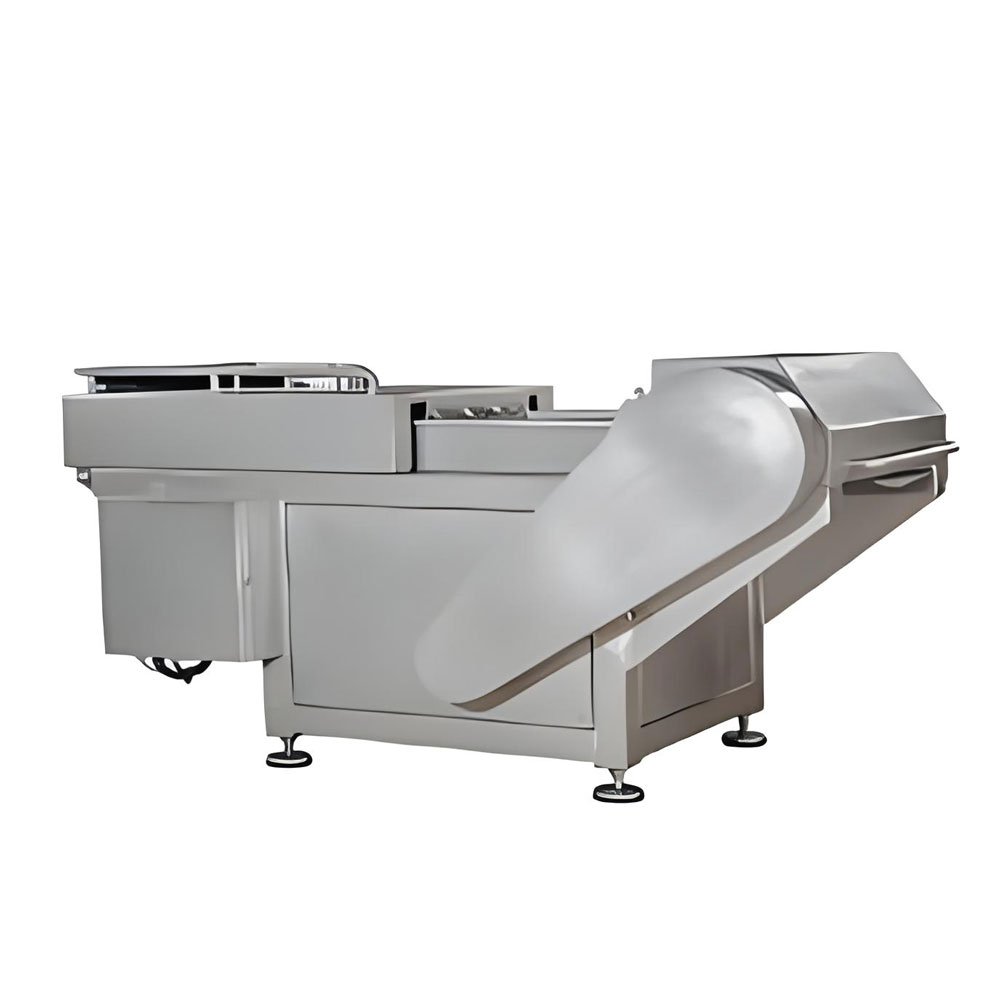
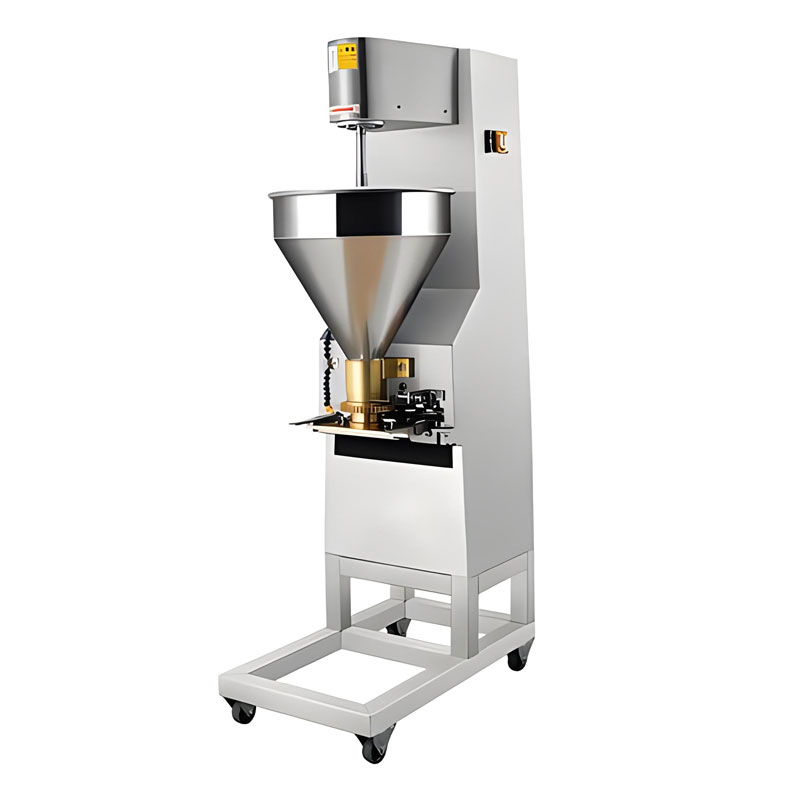
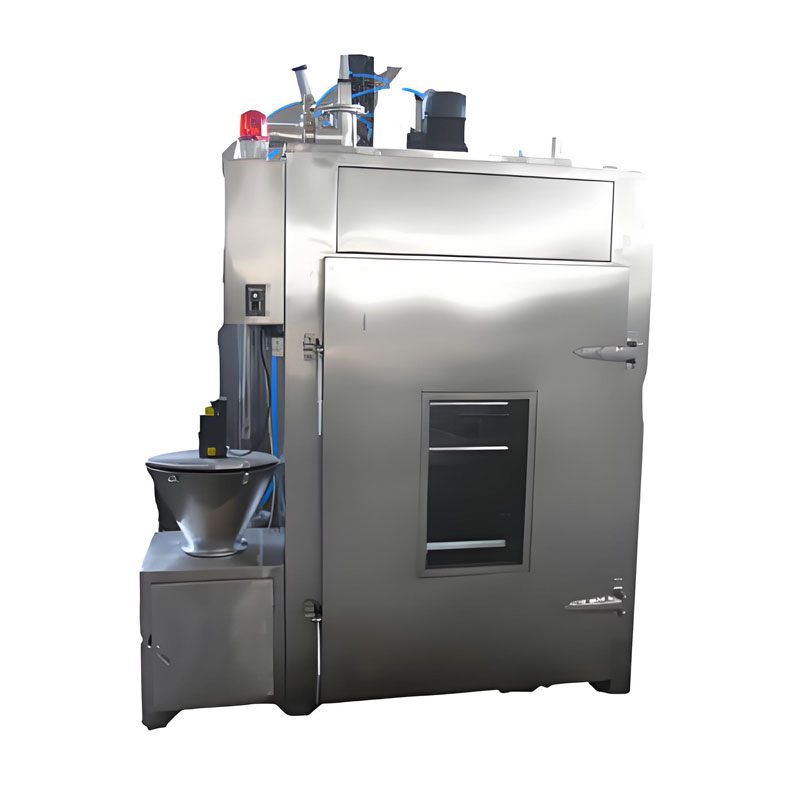
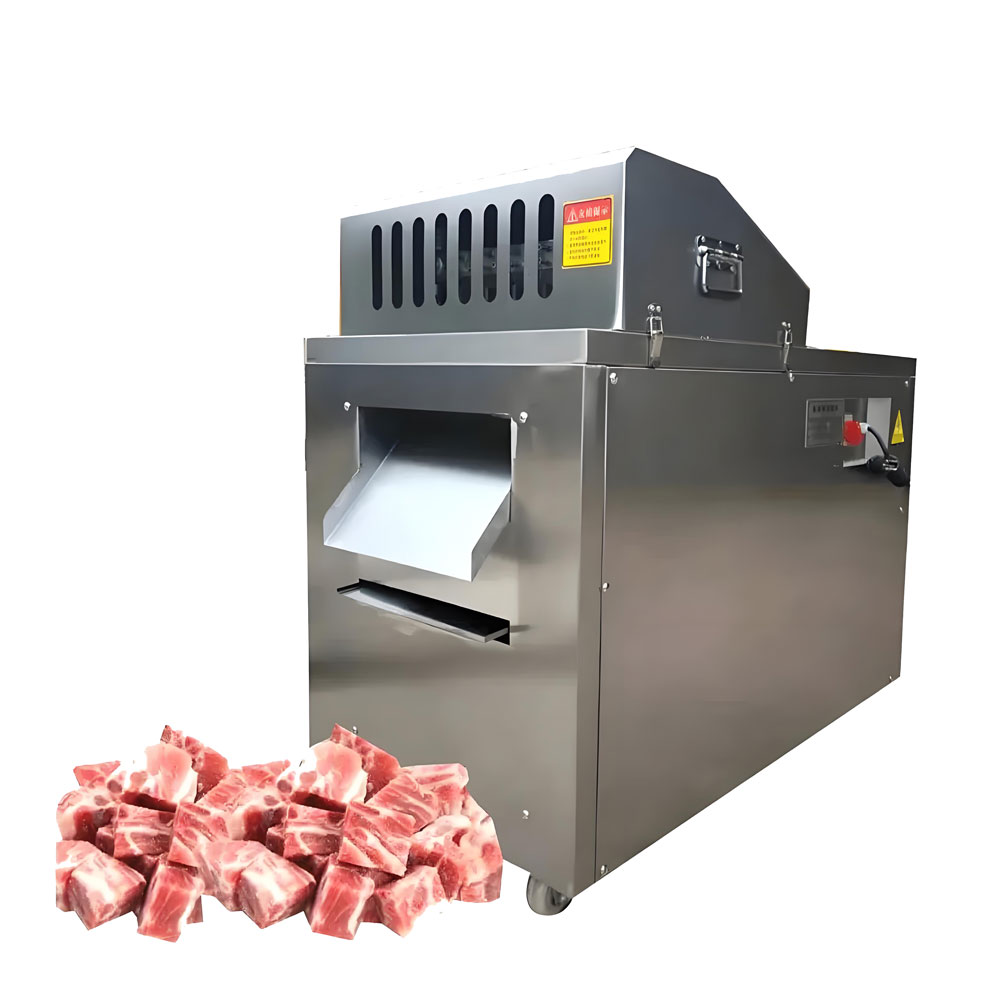
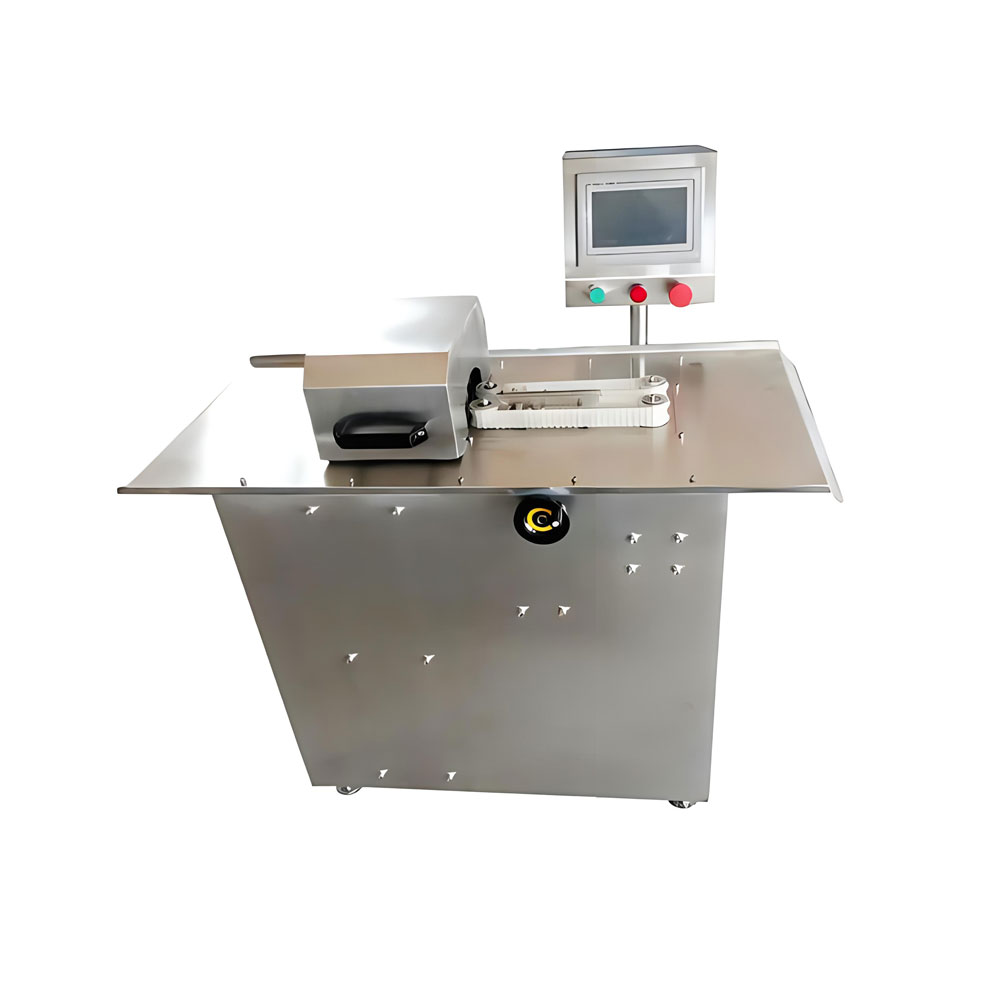
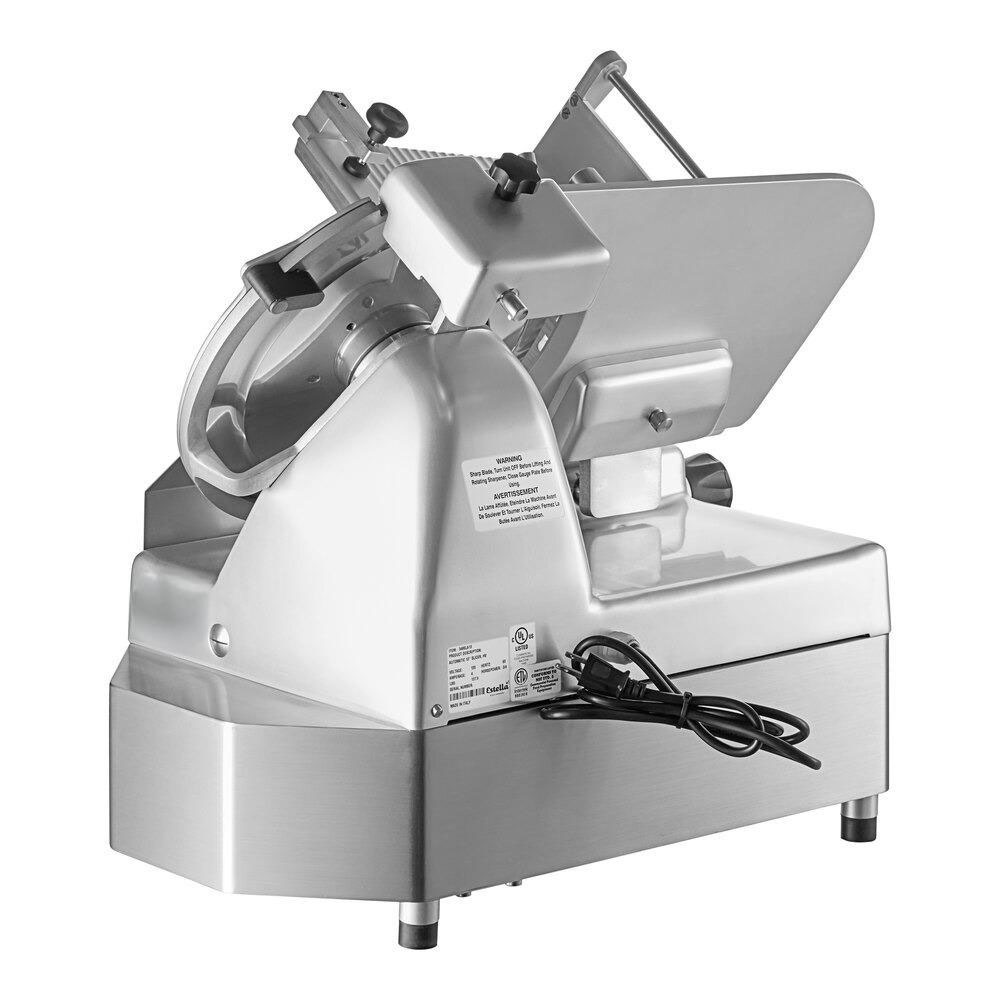
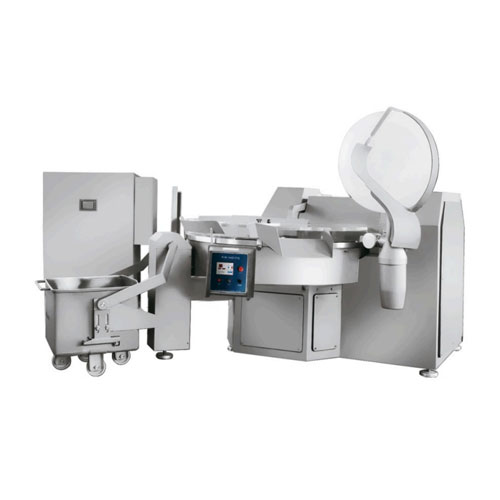
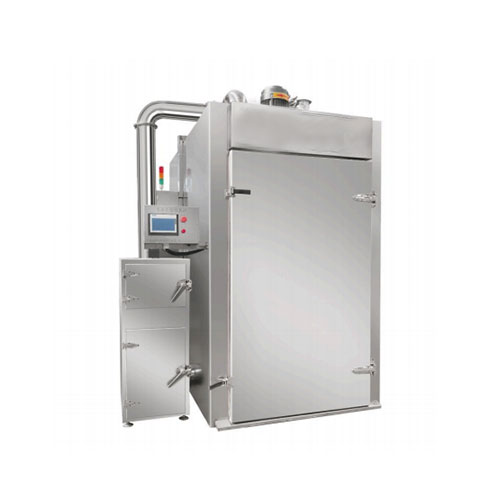
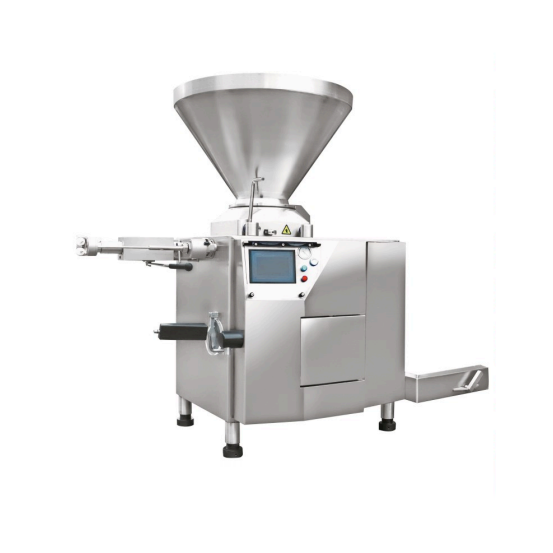
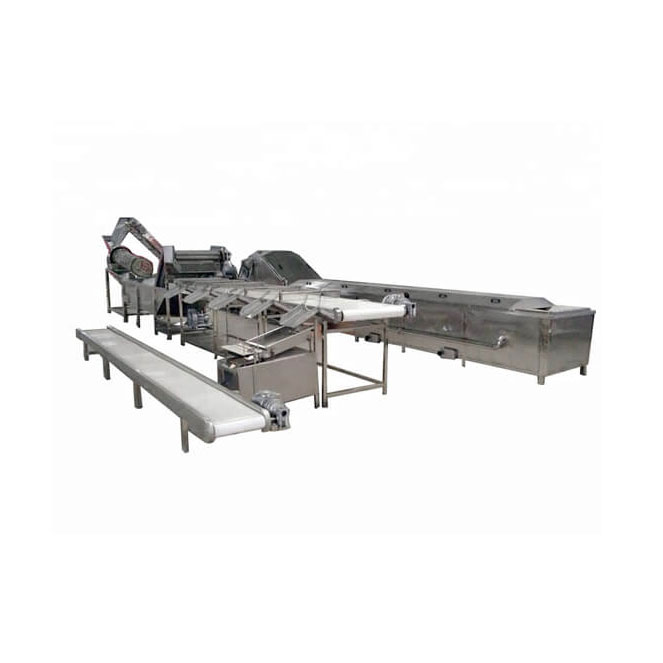
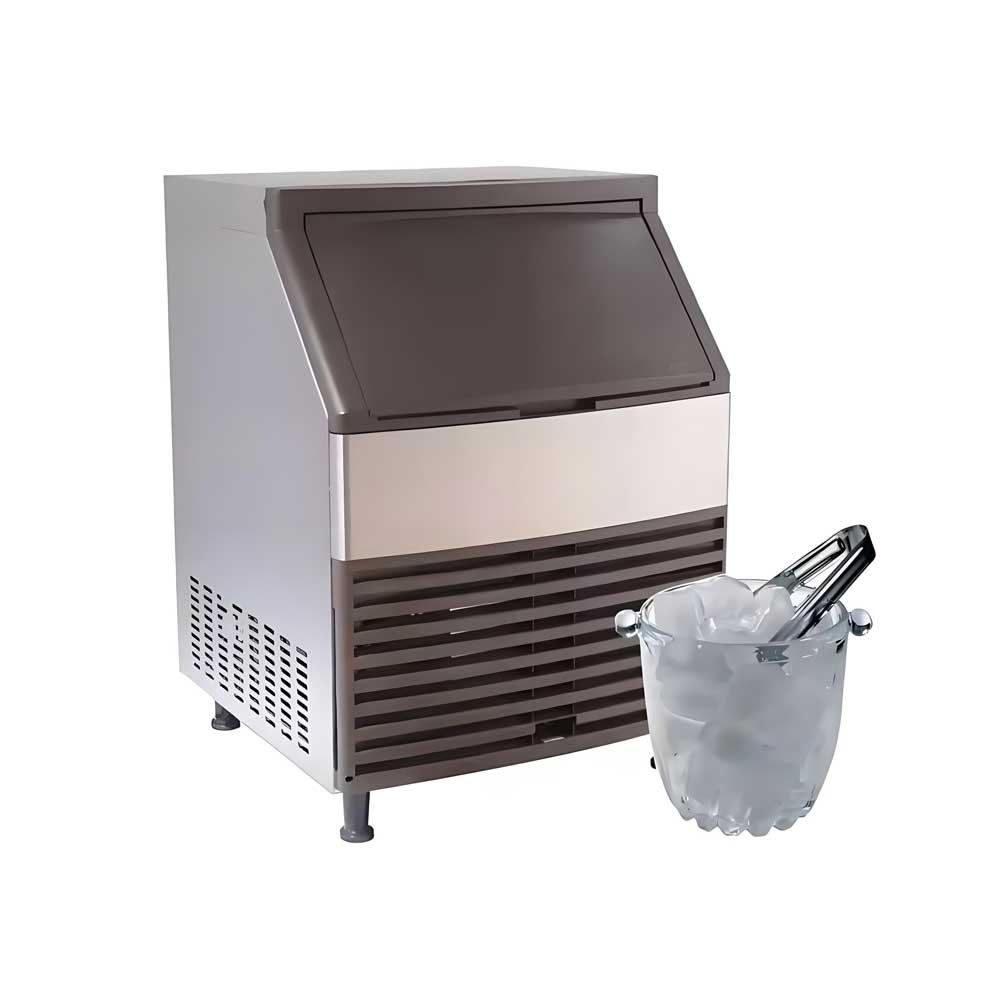
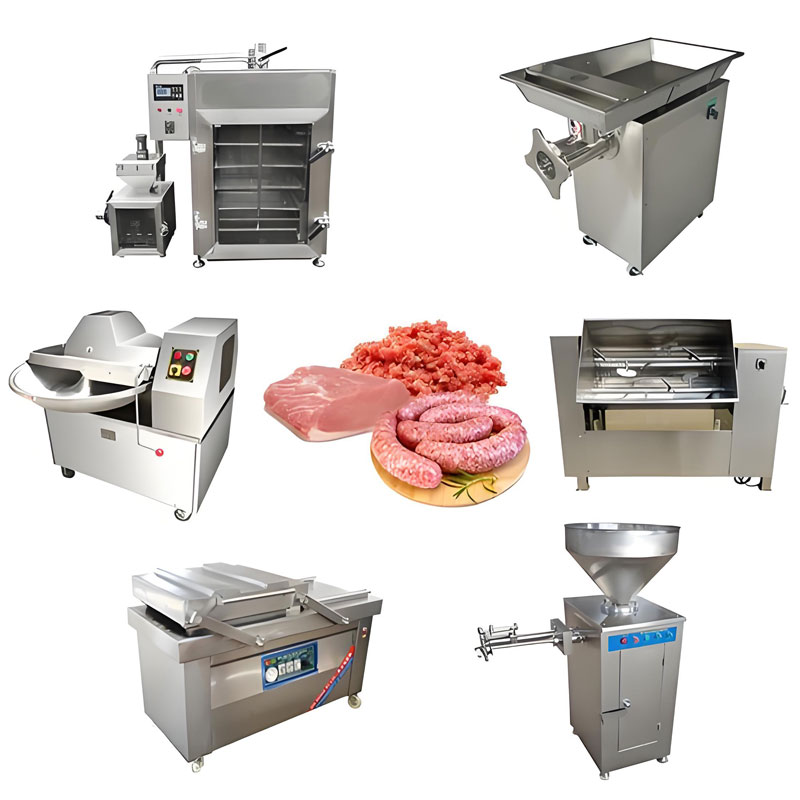 Sausage Stuffer Machine
Sausage Stuffer Machine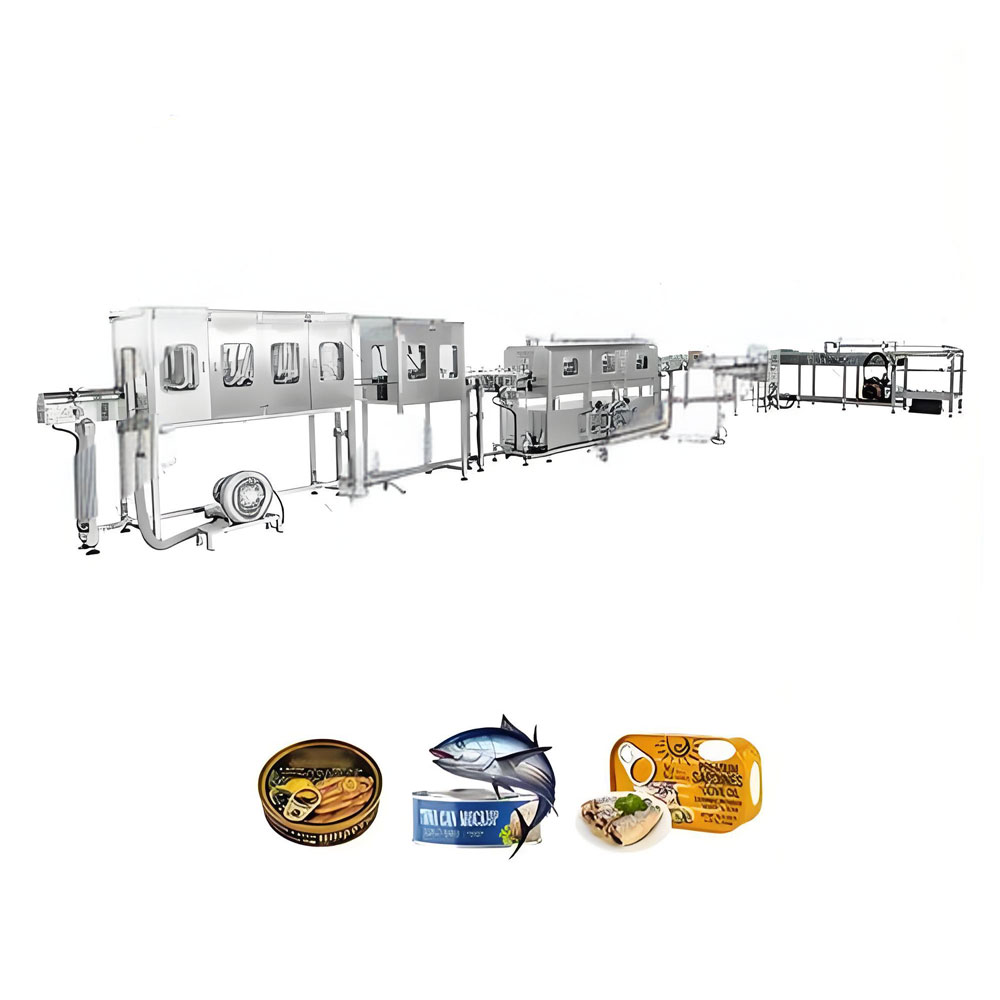 Canned Sardine Production Line Equipment
Canned Sardine Production Line Equipment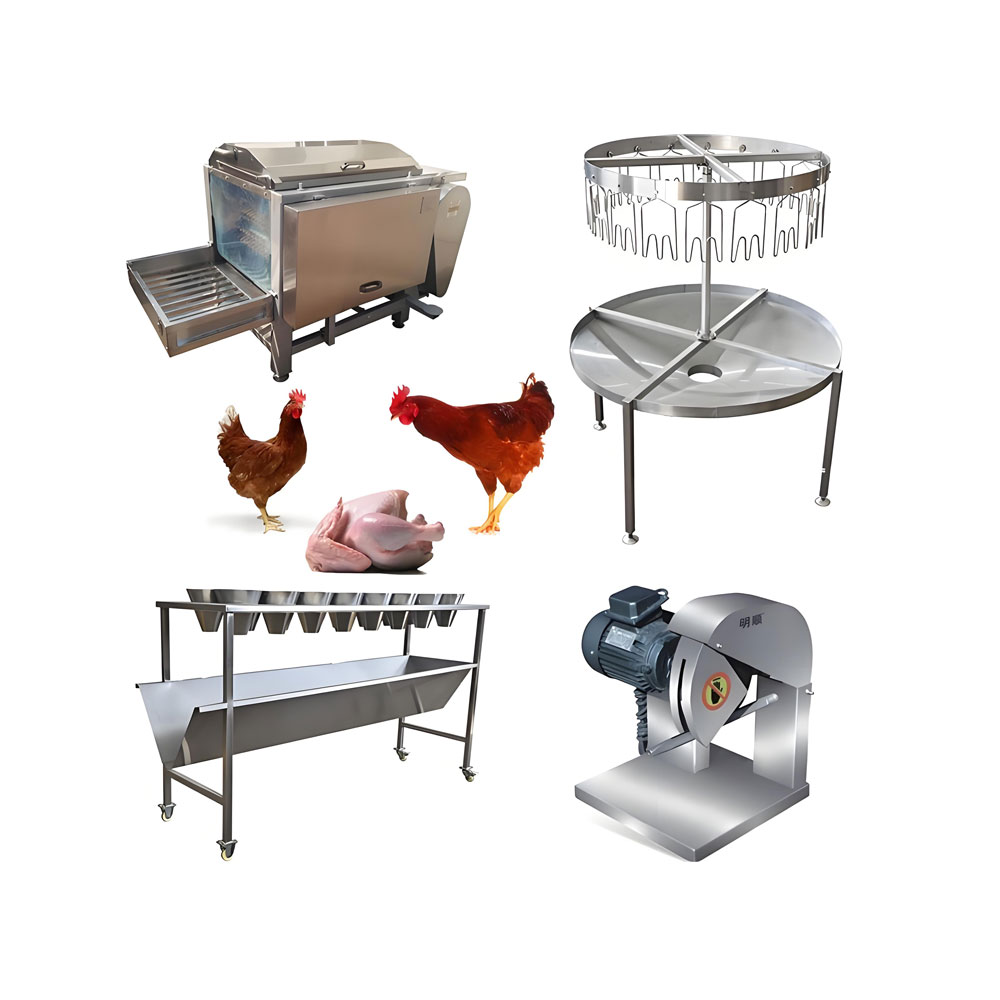 Chicken Slaughtering Machine
Chicken Slaughtering Machine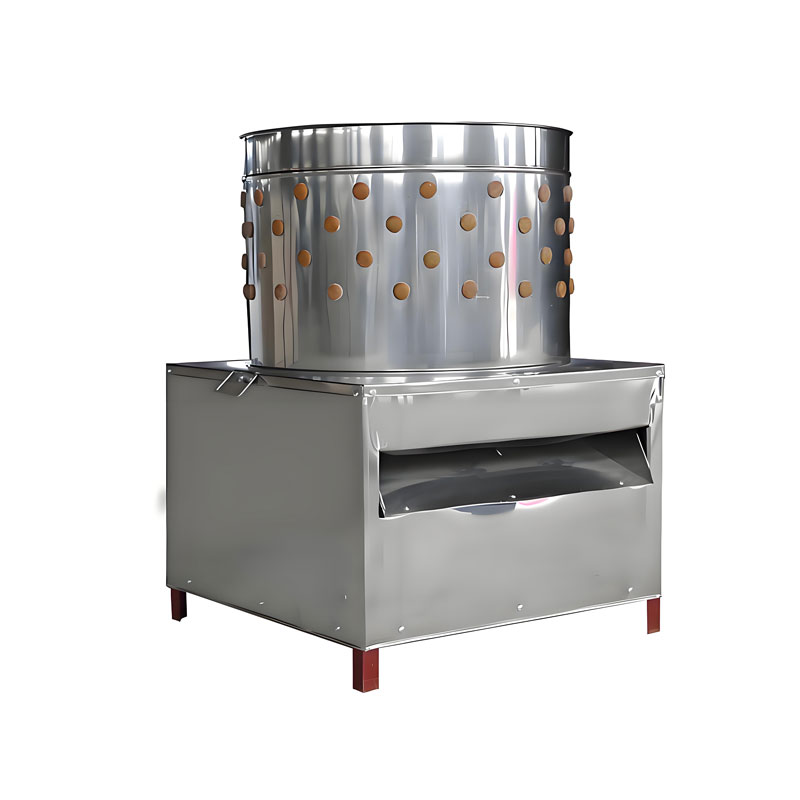 Chicken Plucker Machine
Chicken Plucker Machine
Ready to Get Started?